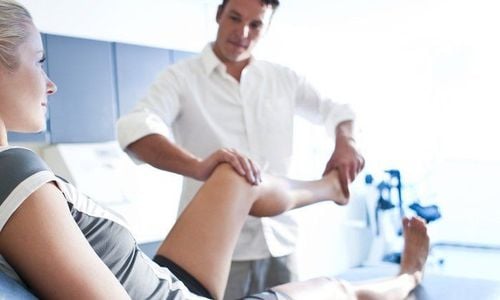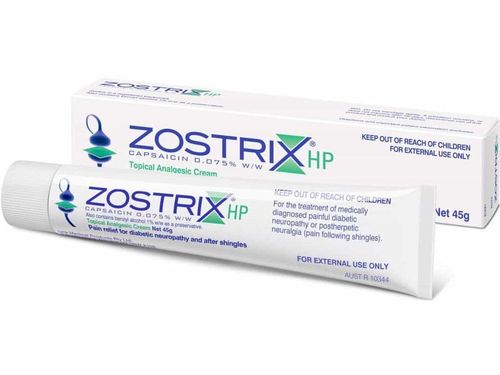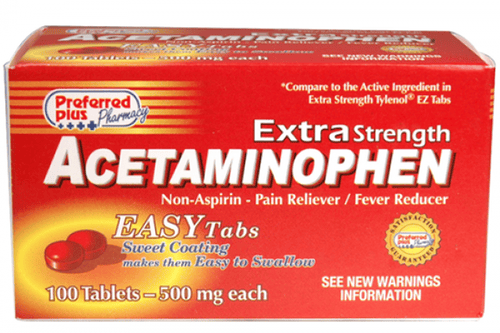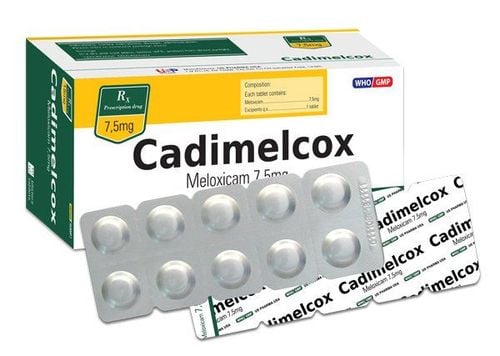This is an automatically translated article.
The article was written by Associate Professor, Doctor, Senior Doctor Tran Van Chuong - Rehabilitation Doctor - Rehabilitation Department - Vinmec Times City International Hospital.Low back pain is very common in production, in daily life and in daily life, according to the World Health Organization, low back pain is the most common cause of illness and loss of work capacity in people. under 45 years old; the annual rate of low back pain is about 5% of the population; 50% of people with low back pain are of working age.
Research suggests that 60 to 90% of adults experience low back pain at least once in their lives. Every year, about 5.4 million people in the US become disabled due to back pain, the annual cost in the US for low back pain is about 63 to 80 billion dollars, of which 16 billion dollars is for treatment.
1. Causes There are many causes of low back pain, in which weakness of the muscles that protect the spine against gravity (back muscles, abdominal muscles, pelvic muscles) is often the main cause. These muscles maintain and strengthen the straight posture of the spine, and at the same time help the spine move rhythmically according to the general movement of the body such as walking, running, jumping, lifting objects, exercising, and sports. .. Low back pain caused by strenuous daily activities; calves, lifting heavy objects; repetitive movements; sitting or standing for too long; movement in the wrong posture.
Low back pain can be caused by joint diseases and tumors of the spine; inflammatory diseases such as discitis, osteomyelitis, tuberculosis of the spine; vascular disease such as abdominal aortic aneurysm, epidural hematoma; metabolic diseases such as osteoporosis, intra-abdominal diseases and internal organs... However, to determine the cause of low back pain is still a complicated issue, it is said that more than 85% low back pain with no definite diagnosis.
2. Treatment Low back pain is a complex problem due to many different causes, so the basic treatment is to find the cause and treat according to the cause. There are many measures to treat low back pain such as anti-inflammatory pain relievers, muscle relaxants, and physical therapy, in which exercise to strengthen the muscles that protect and support the spine is one of the effective measures that can help lower back pain. May be combined with all other treatments. The basic and important issue of treatment is to restore locomotor function of the lumbar region and prevent pain from recurring. One of the most effective ways to prevent acute back pain, recurrent back pain and herniated disc is to keep the body, especially the spine, in the correct posture during work and daily activities. Here are some specific instructions:
1. Standing When standing, you need to stand up straight, symmetrical on both sides, your body weight is evenly distributed on your legs, do not stretch your abdomen and waist, you need to keep the normal curvature of the spine. Do not stand in positions that try to lengthen the torso, especially using high heels or shoes.
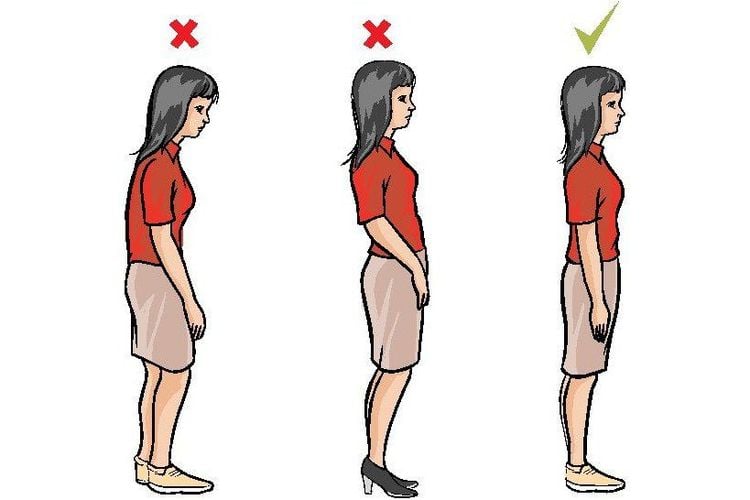
Khi đứng cần phải đứng thẳng, cân xứng hai bên, trọng lượng cơ thể dồn đều lên hai chân
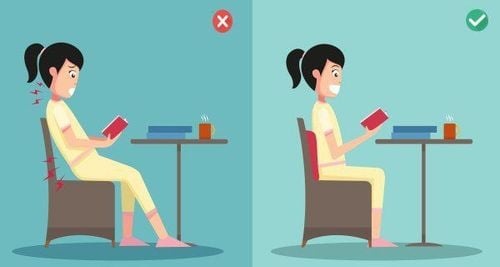
Tư thế ngồi đúng
Feet a wide distance apart to create a solid base Squat down (flex the knee and hip, do not bend the spine) Bring the object close to the abdomen, stretch the abdominal muscles out. Lift objects by standing up (do not use the lumbar muscles to lift). Keep the spine straight, not twisted. The curvature of the lumbar segment is still maintained at a normal level
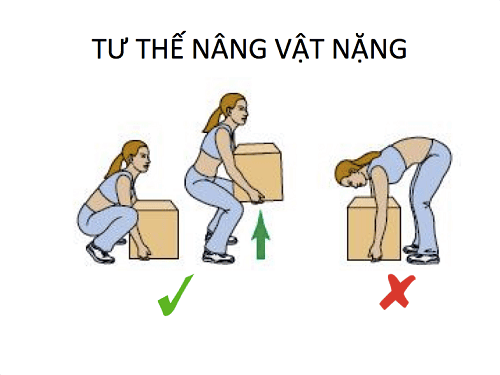
Bê hoặc nâng đồ vật lên đúng cách
Pick up the object as instructed above. Hold the object firmly with both hands. Hold the object close to your stomach, at Chest-Walt level. Keep the spine straight, keep the lumbar segment at normal flex Walk normally, comfortably, do not wobble, twist

Bê và mang đồ vật đi đúng cách
If the object is too high, use a platform, chair or ladder to stand up. Do not try to reach for objects on tiptoe. Arrange furniture around so that there is enough space so that you do not have to reach for things across the table, through the cabinet, in an uncomfortable position
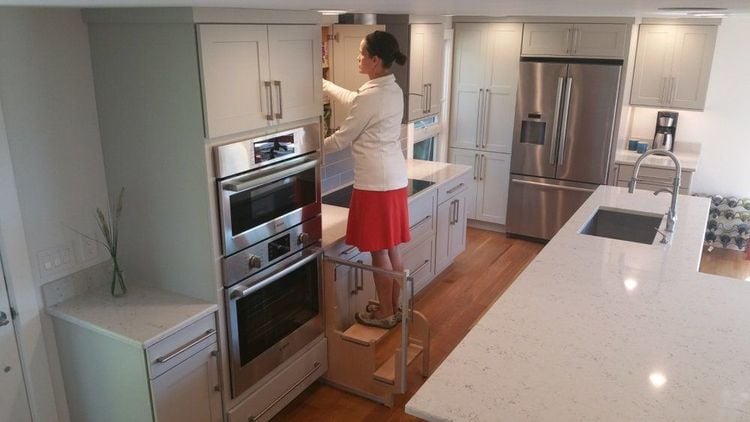
Nếu đồ vật để cao quá nên dùng bục, ghế hoặc thang để đứng lên
Stand with a wide distance between your feet to create a firm base. fold Pull or push your body weight on your legs to create a pull or push an object. Do not push or pull the object with your back muscles. Keep lumbar flexion at a normal level.
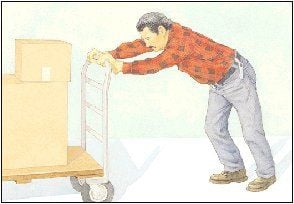
Kéo hoặc đẩy đồ vật đi đúng cách
Currently, Vinmec is one of the few hospitals with a modern rehabilitation department following the comprehensive health care model of major hospitals in the world. Many treatment and exercise equipments here are only available in Vietnam such as training aids for patients with hip and knee replacement, ultrasound machines, electropulsation...
The hospital has treated for patients. Many joint replacement patients are able to walk again after only 2 to 4 weeks of exercise. In addition to the current treatment, Vinmec's rehabilitation department also instructs patients to practice at home for preventive treatment to avoid recurrence in the future.
Please dial HOTLINE for more information or register for an appointment HERE. Download MyVinmec app to make appointments faster and to manage your bookings easily.
References:Nguyen Xuan Nghien, Cao Minh Chau, Tran Van Chuong, Vu Thi Bich Hanh (2010), “Physical Therapy Rehabilitation - Monographs for Rehabilitation Officers”, Medical Publisher. Ministry of Health (2005), “Hospital Engineering Process Manual”, Medical Publishing House John J.Gerhardt/Jules Rippstein (1990), “Measuring and Recording of Joint Motion”, Hogrefe & Huber; Publishers. R.D. Lockhart, “Living Anatomy”, Faber and Faber limited. John V. Basmajian & Steven L.Wolf (1990), “Therapeutic Exercise”, Williams & Wilkins.; Lorraine Williams Pedretti (1985), “Occupational Therapy - Practice skills for physical dysfunction”, The C.V. Mosby Company. Rene Cailliet (1994), “Understand Your Backache”, F. A. Davis Company Rosemary Hagedorn (1992), “Occupational Therapy: Foundations for Practice”, Churchill Livingstone.





